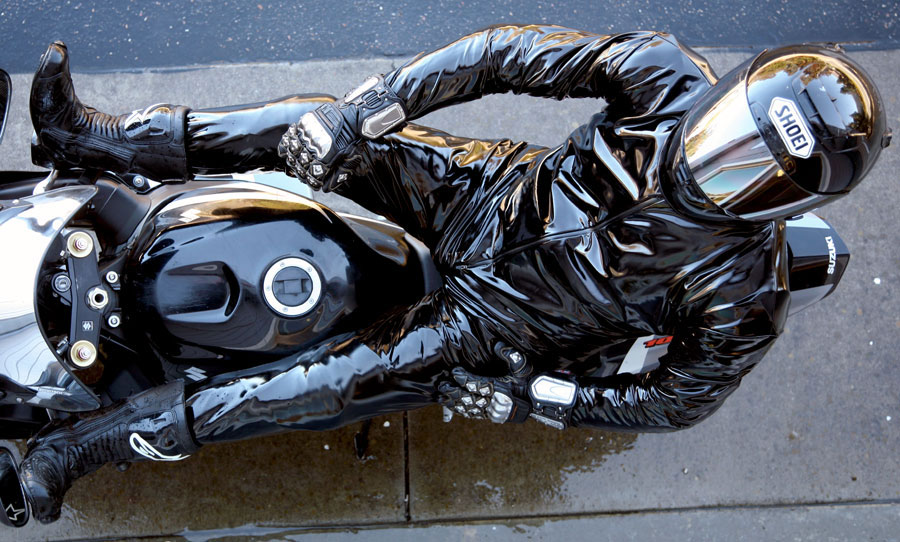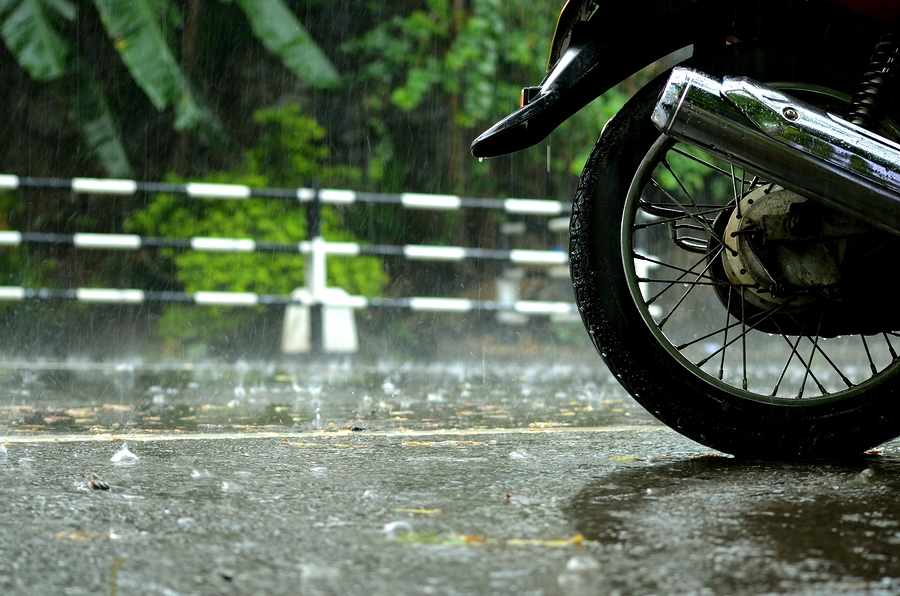Riding a Motorcycle in The Rain: Is it Safe?Let’s face it, no one likes the rain. Ok, maybe some of us do. But as motorcyclists, it can really put a damper on things, being out there in the rain isn’t the most pleasant experience. Just like we mentioned in our previous post on riding a bike in hot weather, riding in the rain can be equally as challenging, if not more. A wet road requires smarter decisions and a higher level of awareness because of course, those around you must also drive or ride cautiously. When riding in the rain, there are a few things you need to remember and be cognizant of. This blog post will discuss key tips on how to stay safe on a rainy day. Gear Motorcycle gear is so important, and even more so when you out in the rain. In order to stay somewhat dry, you need a waterproof rain suit with gloves and boots that are going to keep the water out your socks. You may think its common sense, but it's often the case that riders are out there in the rain, getting wet, as we speak. Something to remember is that with even with the correct gear, you are going to get wet if you out in the rain for a long period of time. If possible, try and avoid riding on a rainy day or at least postpone it to see if the weather clears up. The most important piece of equipment is your helmet. You must ensure that you are equipped with an anti-fog visor because helmets fog up when moisture is present in the air. When you become wet you also become cold and a cold rider can, therefore, lose the ability needed to concentrate and stay focused. Braking Braking on a wet road can be tricky. The last thing you want is slipping, skidding and sliding. When applying breaks, try using both brakes simultaneously but slightly reduce the pressure applied to the front brake. You really have to judge the distance ahead of you and when you will need to brake. Whatever you do, do not slam on the brakes abruptly because this will not end well. These braking tips are important in dry conditions, but in wet conditions, they could really be the difference between a safe ride and an accident. Tires You need to assess what tyres you will be riding in before getting on the wet road. Ultimately, your tyres are responsible for carrying you on the road, so it's worth ensuring they are ready for water. The majority of motorbikes today are fitted with tyres that are designed to dissipate water through the thread. You need to be wary of wide tyres because these are more susceptible to hydroplane as oppose to thinner tyres which offer a safer ride. If you are constantly riding in the rain, it will behove you to equip your bike with tires that offer wet weather performance. Accelerating Similarly to braking, you don’t want to abruptly take off from a stationary position on your bike. In wet conditions, you need to ease into it due to the lack of traction. Lack of traction means lack of control so you need to slow your pace to help your chances. A slippery road is caused by oil rising to the surface of the street which increases the lack of traction. You want to remain calm and easy on the gas and accelerate slowly and smoothly. The wet road requires the correct gear and experience. If you’ve never been out on a rainy day, it is advisable to see a professional motorcycle school for lessons. At MTWS, we can set specific lessons just on riding in wet weather and exactly what, and what not to do. Remember, safety is the number one priority. Motorcycle Training PerthAre you looking for motorcycle lessons in Perth? At MTWS, we provide 1-on-1 motorcycle training to ensure you have the required skills to excel in motorbike riding. Contact us today for more information or book a lesson now. |




